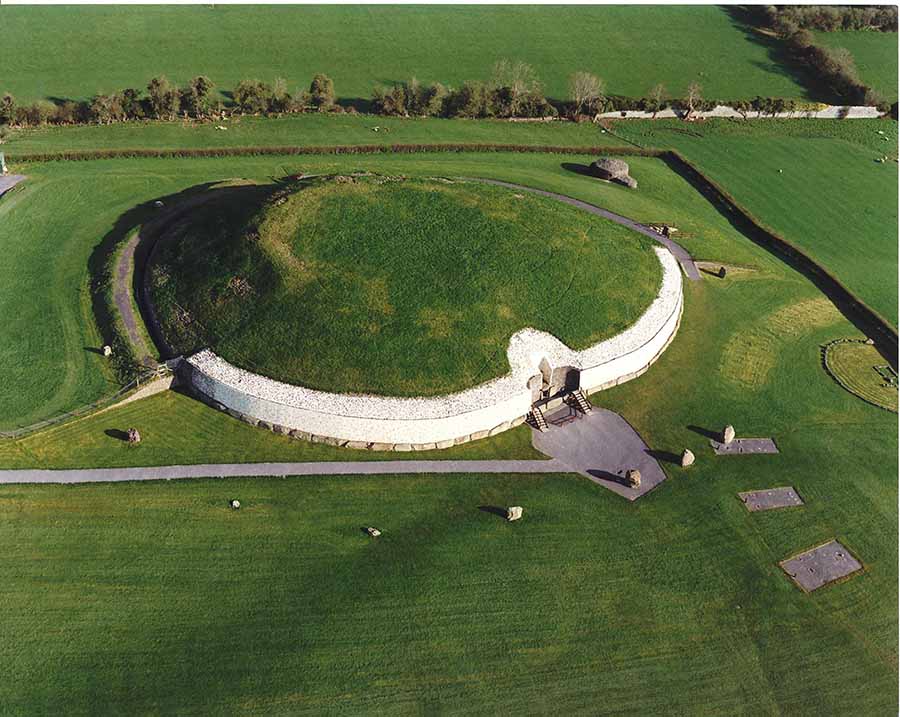
Here are some of the world’s most famous ancient archaeological remains:
- Göbekli Tepe: Located in modern-day Turkiye, Göbekli Tepe is an ancient site dating back to approximately 9600 BCE. It consists of several large stone circular structures with intricate carvings and T-shaped pillars. It is considered one of the earliest examples of monumental architecture and suggests the existence of complex social and religious practices during the Neolithic period.
- Newgrange: Situated in County Meath near Drogheda, Newgrange is a prehistoric monument built around 3200 BCE. It is a passage tomb with a large circular mound and an entrance stone engraved with intricate spiral designs. It is famous for its alignment with the winter solstice, as sunlight illuminates the central chamber during sunrise on the shortest day of the year.
- Pyramids of Giza: Located on the outskirts of Cairo, Egypt, the Pyramids of Giza are one of the Seven Wonders of the Ancient World. Constructed around 2560-2540 BCE, these monumental structures were built as tombs for the pharaohs of the Old Kingdom. The three most famous pyramids are the Great Pyramid of Khufu, the Pyramid of Khafre, and the Pyramid of Menkaure.
- Stonehenge: Situated in Wiltshire, England, Stonehenge is a prehistoric monument dating back to 2500-2000 BCE. It consists of large standing stones arranged in a circular pattern. The precise purpose of this monument is still debated, but it is believed to have served as an astronomical observatory or a ceremonial site related to the cycles of the sun, moon, and stars.
- Great Wall of China: Spanning across northern China, the Great Wall is an ancient defensive structure constructed over several centuries. While parts of it date back to the 7th century BCE, the majority was built during the Ming Dynasty (1368–1644 CE). With a total length of over 13,000 miles, it is considered one of the most impressive architectural achievements in history.
- Machu Picchu: Nestled high in the Andes Mountains of Peru, Machu Picchu is a 15th-century Inca citadel. Built around 1450 CE, it represents the pinnacle of Inca architecture and engineering. This site served as a royal estate and religious sanctuary, and its stunning location and intricate stone constructions continue to captivate visitors today.



